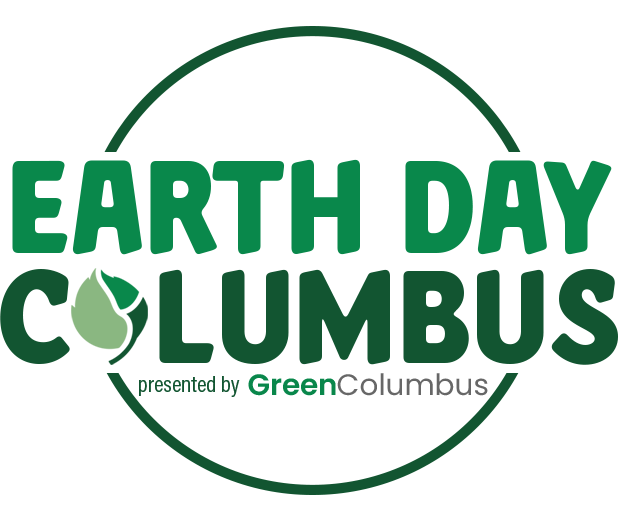How can you become a citizen scientist from home?
Right around your house, there is a bounty of information. This could be the plastic bag that has blown into your yard, the flower that you see blooming this early in spring as well as the sky you look at every day! Below will list 3 different ways in which we can help contribute to scientific knowledge.
iNaturalist - this phone application is free to use and will enable you to take pictures of all varieties of living organisms - mushrooms, plants, birds, insects etc. Once you post the photograph onto the web, it will give you an option to try and identify it using technology that matches your photo up with other similar photographs of previously identified organisms.
Earth Day Network Challenge 2020 - for this years 50th anniversary, the Earth Day Network wanted to obtain more data about our climate and plastic pollution. For the air quality picture is it very simple, take a photo of the horizon and how you rate the air quality for that day. Try it out!
A way to report plastic pollution without picking it up can be through the app mentioned above EC2020. There is a place to report plastic pollution and classify what type it is. This helps scientists/government officials understand more about the plastic pollution we find, where it is, what type it is and potential game plans for how to address it. Download the EC2020 app to learn more.

